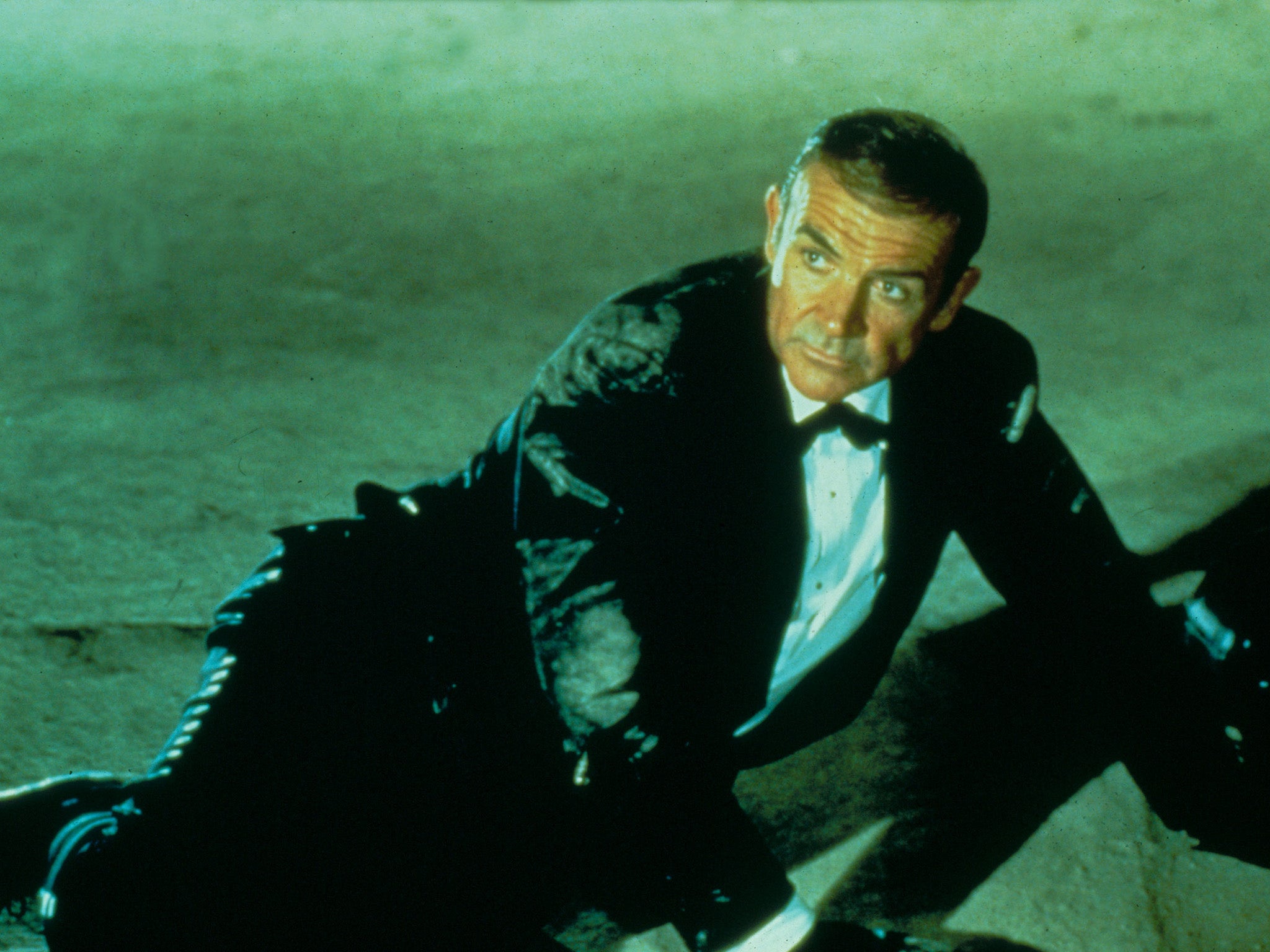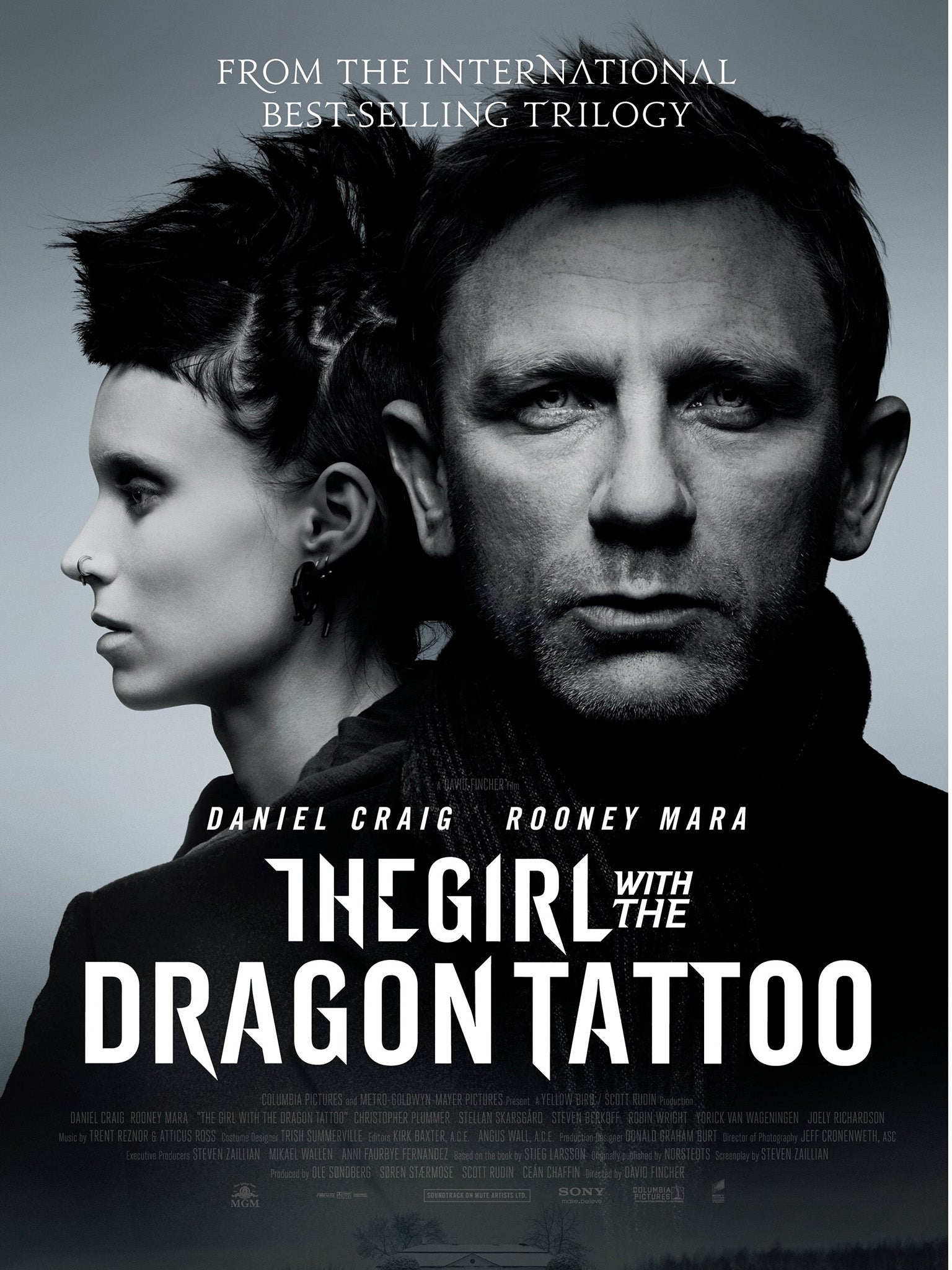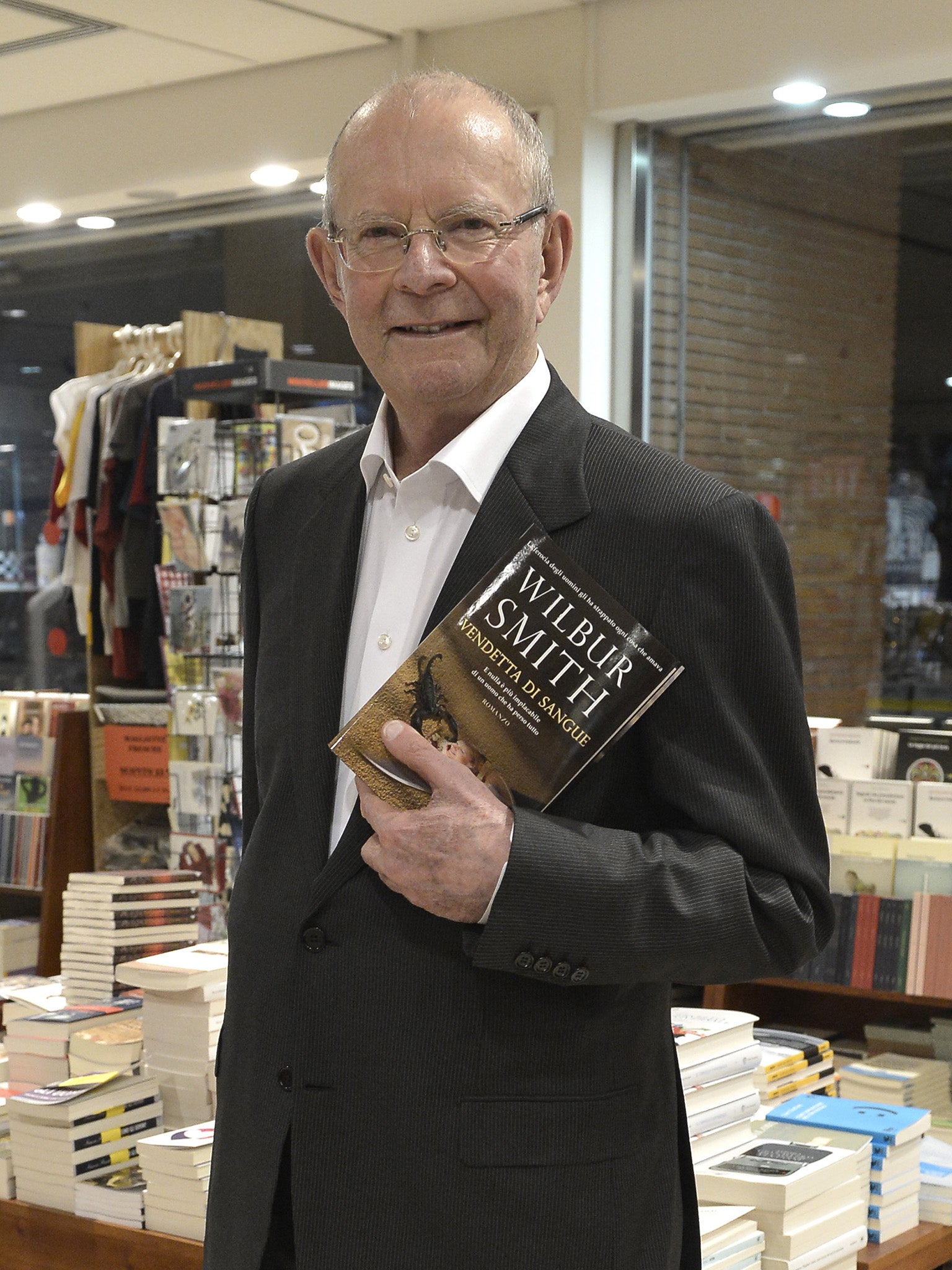The Millennium series is a 'franchise' – a drive-through book, with extra fries
David Lagercrantz dreams of writing the perfect literary novel, a new Anna Karenina, but feels he is slumming it. Yet popular often means very good. Andy Martin reports

Your support helps us to tell the story
From reproductive rights to climate change to Big Tech, The Independent is on the ground when the story is developing. Whether it's investigating the financials of Elon Musk's pro-Trump PAC or producing our latest documentary, 'The A Word', which shines a light on the American women fighting for reproductive rights, we know how important it is to parse out the facts from the messaging.
At such a critical moment in US history, we need reporters on the ground. Your donation allows us to keep sending journalists to speak to both sides of the story.
The Independent is trusted by Americans across the entire political spectrum. And unlike many other quality news outlets, we choose not to lock Americans out of our reporting and analysis with paywalls. We believe quality journalism should be available to everyone, paid for by those who can afford it.
Your support makes all the difference.It’s top secret and hush hush and is strictly embargoed until 7 September when it’s published. But I was privileged to see some of the fifth volume of the Millennium trilogy even as it was being written. I promise not to give too much away, but consider this a sneak preview, or trailer for The Girl Who Takes An Eye For An Eye.
If you want to know what happens to ace Swedish ass-kicker and hacker extraordinaire Lisbeth Salander and heroic journalist Mikael Blomkvist, you’re in the right place. It’s written by David Lagercrantz, who took over the reins from Stieg Larsson for the last one, The Girl In the Spider’s Web.
You may recall that Larsson, having written all three of the trilogy, The Girl With the Dragon Tattoo, The Girl Who Played With Fire, and The Girl Who Kicked the Hornet’s Nest, and had them accepted for publication, promptly dropped dead. Late for a meeting, he ran up a few flights of stairs when the lift broke down, and collapsed with a heart attack, aged 50. The poignant back-story helped the books sell millions worldwide, but the death of the author meant it was inevitable that someone would have to pick up the baton and carry on. The job went to Lagercrantz, a Swedish writer then best known for ghosting the quasi-autobiography of the Swedish footballer Zlatan Ibrahimovic, I Am Zlatan.

I met him in Stockholm not long after the release of the Spider’s Web. We were having dinner at this little restaurant attached to the Royal Opera House. Which is when Lagercrantz came out with a question still ringing in my ears. The question was this: “What are we supposed to do with all the money?” And that was before he cracked the film deal. It’s not a question you get to hear all that often. Except possibly in bank-heist movies. Nobody had robbed a bank, but Lagercrantz felt as though he had. He felt bad about being such a huge success. (The Spider’s Web book has now sold more than million copies worldwide, including 550,000 in the UK.)
It’s probably unfair to refer to the Millennium series as a “franchise”. It makes you think of McDonalds – a drive-through book, with extra fries. But that is the word used in the industry. There is the James Bond franchise and the Jason Bourne franchise, and now the Hercule Poirot franchise too. Robert Ludlum died in 2001 and has since written 10 books. Some say they’re actually better now, posthumously.
The point is, the writer has to, if not exactly imitate the original, at least borrow the characters invented by, as it may be, Ian Fleming or Robert Ludlum or Agatha Christie, and channel some of the spirit and possibly style of the original. But for some writers it feels like a hand-me-down. “Can she (Lisbeth Salander) be cloned like Dolly the Sheep?” asked one sceptical New York author and editor, Jeanne McCulloch. “No, I don’t think so.”
I know of one writer who has partnered up with Wilbur Smith, the bestselling South African novelist. If you look carefully at the poster – and the cover – of his last book, Predator (“Revenge is not enough”) you will see the name of “Tom Cain” in smaller print (real name David Thomas). But Wilbur Smith is now 80-something and is slowing down and partnering up. James Patterson has done something similar. Only more so. I’m not quite sure if he does any writing these days. He just has a business model. And a host of sidekicks doing most of the work for him. It’s the only way he can publish so many books under his name. So far this year, the world has seen the publication of 16 Pattersons. The name still sells even though it no longer corresponds to an individual but rather an assembly line.
Kingsley Amis in the past (Colonel Sun) and, more recently, Anthony Horowitz in Trigger Mortis, have done a fine job of re-imagining James Bond for a new audience. Horowitz riffed on some actual lines of Fleming’s that he had dug up. I can think of one writer who turned down the Bond franchise, not just once but twice, and who happened to be at the dinner with Lagercrantz – writer Lee Child. He thinks Bond can’t be done now, because Bond was specific to an era, and that the figure of Bond was, in part, responsible for changing the landscape. Also they were never going to pay him enough (they offered him less than 50 per cent; if he writes a Reacher, it’s 100 per cent, so why would he bother?).

Just to get the scene above clear: Lagercrantz was asking Child the question about the money, not me. I was thinking, booze, women and fast cars, and the rest I’d squander. Child recommended a few good causes, with the emphasis on education. So I am not at all surprised to learn that the author of An Eye For an Eye will be “donating proceeds” from the book to Läsrörelsen, a charity that encourages young people to become readers.
The reason I mention Child is because this is a writer who is fully invested in his own books. Jack Reacher, his hero, is also his alter ego. The muscular, economical style of his books (“verbal pointillism” as Lagrercrantz and David Thomas call it) is entirely his own. And he has no difficulty with being successful. He says literature is on a par with football, film, and PlayStation games. It’s part of the entertainment industry and has to be able to hold its own with any of them. He doesn’t think it’s intrinsically better for you to read a book than to go and watch a movie, it’s just different. He says of his own work, “It’s 100 per cent commercial, and it’s 100 per cent art. There is no conflict.” Although generous towards other writers, he tends to be derisive of a certain literary self-consciousness which he sums up in the phrase, “Hey, Ma, look I’m writing!”
He also made a mildly quizzical remark about the Lagercrantz novel, The Girl in the Spider’s Web, in a review for the New York Times, which had come out shortly before. The fact is, he doesn’t want anyone else stealing his Reacher character, not before he’s dead anyway, so it was natural for him to doubt whether anyone could just turn up and resuscitate Salander and co. He invoked Stephen King’s Pet Sematary, in which pets and people never die, but aren’t fully alive either, and stumble around in a twilight zone like the mis-shapen zombies they are. He also made lots of rather favourable remarks too, but I suspect this was the one that stung.
Lagercrantz was more than a little upset, he was fuming. And was refusing to read Child’s latest in protest. He was trying single-handedly to put a dent in his astronomical sales figures. Understandable, I would say, if a touch sensitive. I mean, it was on the front-page of the NYTimes book review pages, and was overall pretty decent. Most writers would be satisfied, I would say. But not Lagercrantz.
For one thing, he thought he had done a much better job than the review would suggest. And I agree with him. It was a first-class re-working of Larsson. Perhaps it was even better than Larsson. There is an idiot-savant kid in the story, and Salander becomes his guardian angel. For the first time, Lagercrantz had brought out the motherly side of a vengeful bisexual punk. Mission accomplished.

But the other thing is that Lagercrantz has doubts about what he is doing. Child sometimes refers to himself as “the Reacher guy”. I don’t think Lagercrantz would refer to himself as “the Salander guy” or “the Blomkvist guy”. The two of them met at a conference (Ghosts) at the Stockholm Business School. And I had the chance to put to them the question most readers will surely be asking themselves: “In the event of a final showdown between Salander (slim and wiry and tricky) and Reacher (immense and extremely direct), who would win?”
Child snorted at the very idea and thought it was an obvious walkover for Reacher; Lagercrantz suggested that they would see that they were basically on the same side and would walk off into Nordic noir-land and have a coffee together.
I like that. Largercrantz’s problem is that he had a literary scholar father who thought that unless you were Tolstoy or James Joyce then you were just producing pointless garbage. As a result, Lagercrantz really dreams of writing the perfect “literary” novel, a new Anna Karenina, not another Salander. He feels as if, right now, he is slumming it. He subscribes to a feudal model of literature: grands seigneurs sitting at the high table, with the plebs sweeping up after them.
Maybe it was because he was annoyed with Child that he invited me over to his apartment in Södermalm (very Blomkvist) to watch him write. He was in the middle of writing the book that you will soon have in your hands, The Girl Who Took an Eye for an Eye. Lagercrantz writes on a dedicated computer that is disconnected from the grid. He fears the activities of real Salander types hacking into the next novel and revealing all. At night he locks it up in a safe just in case. But since he kindly let me look over his shoulder while he was working, I sort of know what happens.

I think I recognised two words: one was “Mikael” and the other one was “kaffe”. So I know that Blomkvist drinks a fair amount of coffee in this one. We did discuss the Camus novel, The Outsider, and there is more than a hint of that book in this one, with Lisbeth Salander being locked up in prison and yet, together with Blomkvist, on the outside and her own unstoppable hacking skills, tackling some fundamental injustice in Swedish society.
While I was there a guy rang the doorbell and asked to come up and talk about doing the Millennium series and learn from Lagercrantz how it was done. I’m calling that respect from fellow Swedes. David Thomas, who writes with Wilbur Smith, suggested (in an email) that, in the current literary critical parlance (he actually used the word “bollocks”), “Shakespeare, Dickens, Balzac, Jane Austen, Victor Hugo, etc, etc would all now be dismissed as genre fiction writers. And Shakespeare and Dickens, in particular, wrote specifically to grab an audience for commercial gain.” And some of Shakespeare may well have been written by someone other than Shakespeare too.
Popular is often popular because it’s good. It may even be great. Who knows? As someone may have said about the French Revolution, it’s too soon to judge. Let Tolstoy do what Tolstoy does and let Lagercrantz do what Lagercrantz does. There is no conflict. There is no reason why they can’t stroll off into the Stockholm sunset and have a coffee together.
‘The Girl Who Takes an Eye For an Eye’, by David Lagercrantz, translated from the Swedish by George Goulding, is published in the UK by MacLehose Press on 7 September. Andy Martin is the author of Reacher Said Nothing and teaches at Cambridge University
Join our commenting forum
Join thought-provoking conversations, follow other Independent readers and see their replies
Comments